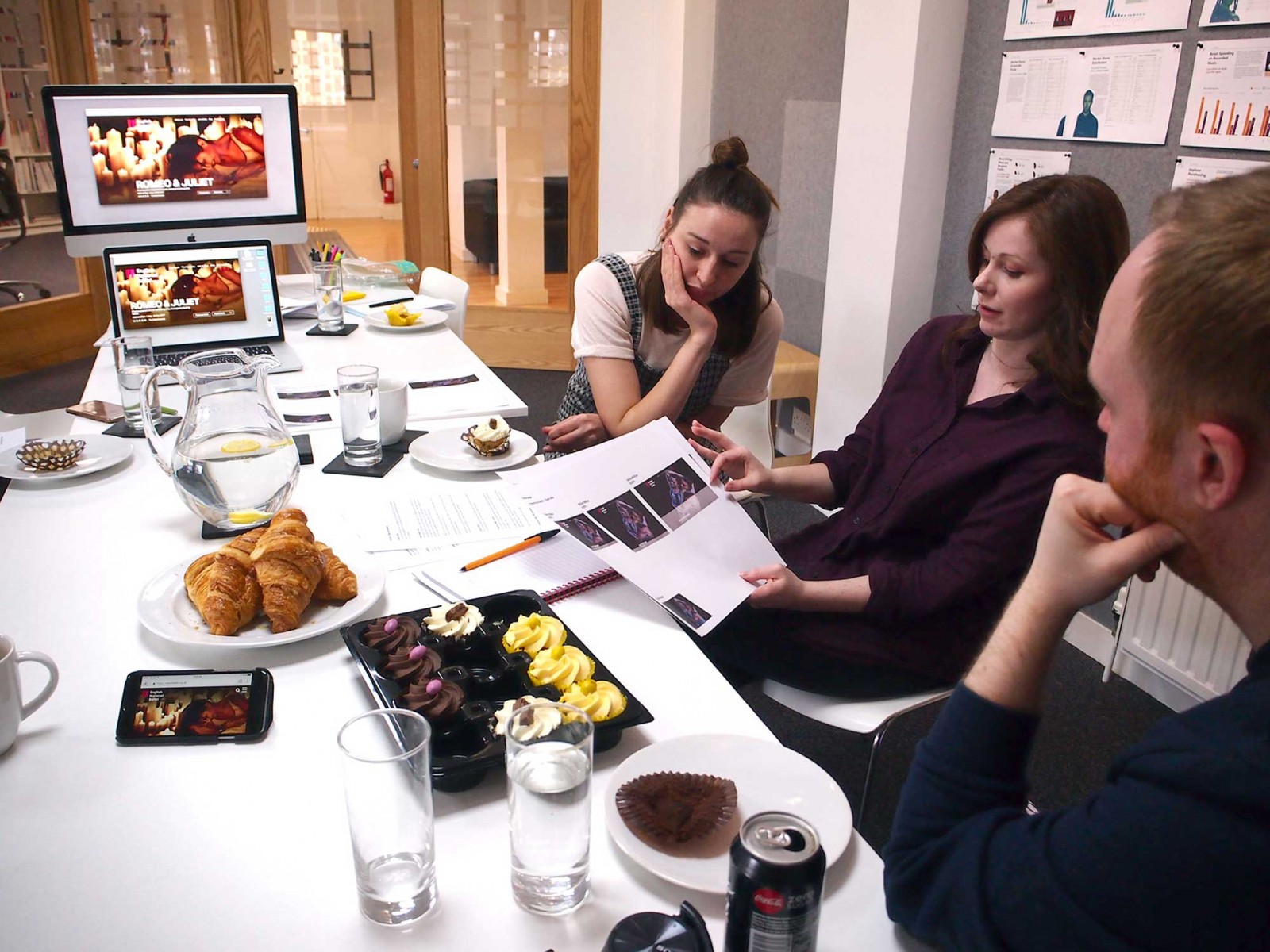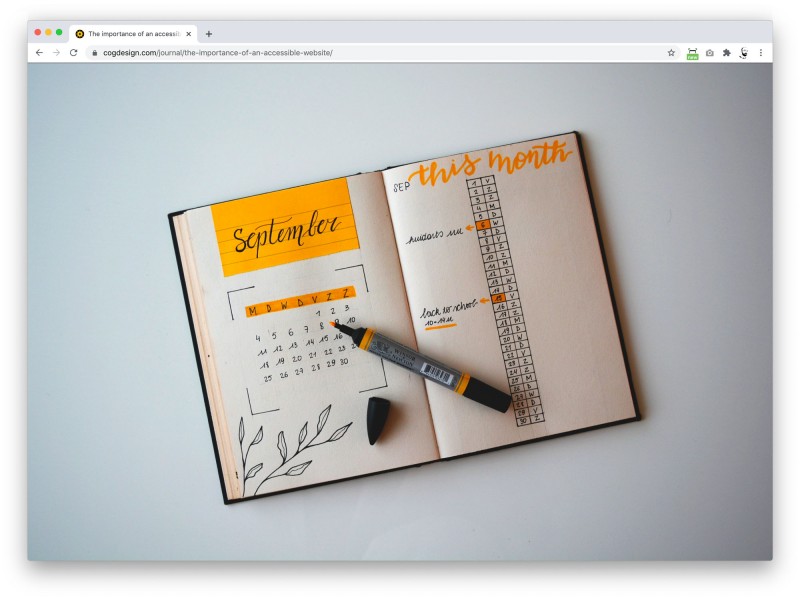The world wide web is constantly evolving and expanding. How do we achieve the best balance between your audience needs and budgets?
Browser support

We build websites to inspire audiences. Those audiences access websites using multiple devices and browsing platforms (that usually update themselves automatically).
We do our best to create sites that work beautifully across a broad selection of environments. And as the web evolves we adapt to support new technologies and techniques.
Our clients are all within the arts sector so budgets are always a key factor. We have to find a balance between serving as wide an audience as possible, and having the budget and resources to develop, test and accommodate the ever growing plethora of browsing platforms and software.
Our three basic rules are:
- If a software company no longer provides support for a platform then we can’t support it either.
- If your analytics show that a platform is used by 2% or fewer of your audience then we won’t make extra effort to support it.
- If you need us to break rules 1 or 2 then we’ll chat with you about the resources needed to do that.
What we test
On desktop/laptop devices: We’ll test the latest current versions of: Chrome (PC & Mac) / Firefox (PC & Mac) / Safari (Mac) / Microsoft Edge (PC) and we’ll make specific adjustments for any browser editions used by 2% or more of your audience. Unless there are very specific reasons why you want to invest additionally, we wouldn’t advise trying to fully support Internet Explorer, Opera or the PC versions of Safari.
On mobile devices: There are so many different options within mobile devices that we can’t guarantee consistency across all devices. We will do our best to support the latest iOS compatible versions of Safari and Chrome on iPhone and iPad, and the current Android environments with Chrome. You’ll understand why we don’t test or guarantee the more obscure device-based browsers.
Cut-down browsers: We are seeing an increased number of cut-down browsers, bundled within other software (for instance Facebook/Instagram have inbuilt browsers). We do not test for these explicitly although we’d expect our sites to function well within them.
Screen sizes: Every screen size, resolution and proportion needs to be considered. We will test on large desktop, laptop, tablet and mobile screens, and we’ll make specific adjustments for any screen sizes used by 2% or more of your audience.
Audience feedback
If your site is being used by thousands (maybe tens of thousands) of people, there are bound to be one or two whose particular set-up throws up some anomalies. It can sometimes be tricky to replicate an issue so we ask for as much detail as you can gather. We find whatsmybrowser.org to be an excellent resource: anyone can visit that site and it will detail their set-up, they can then forward to unique page link from which we can gather all sorts of useful insight. Once we can identify the issue we can chat with you about resources needed to address it.
Future suport
We build to rigorous standards, the same standards used by the companies that develop new web browsing software. So, in theory, our sites should work with subsequent versions of browser software but you’ll understand that we can’t guarantee what will happen in the future.
As our approach continues to evolve, we will update this article to reflect any changes. If you ever have any questions, do ask.








